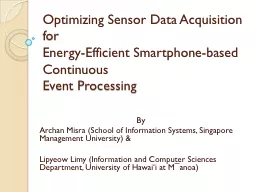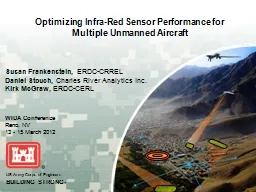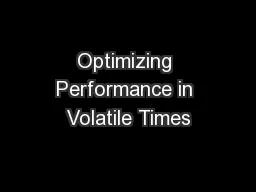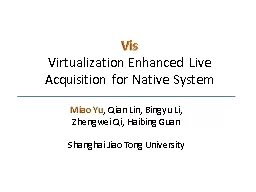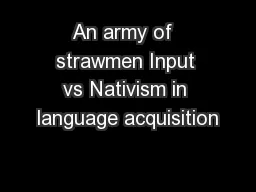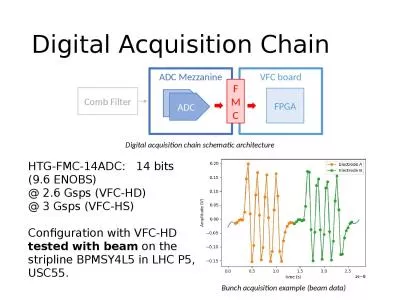PPT-Optimizing Sensor Data Acquisition for
Author : tatyana-admore | Published Date : 2016-07-10
EnergyEfficient Smartphonebased Continuous Event Processing By Archan Misra School of Information Systems Singapore Management University amp
Presentation Embed Code
Download Presentation
Download Presentation The PPT/PDF document "Optimizing Sensor Data Acquisition for" is the property of its rightful owner. Permission is granted to download and print the materials on this website for personal, non-commercial use only, and to display it on your personal computer provided you do not modify the materials and that you retain all copyright notices contained in the materials. By downloading content from our website, you accept the terms of this agreement.
Optimizing Sensor Data Acquisition for: Transcript
Download Rules Of Document
"Optimizing Sensor Data Acquisition for"The content belongs to its owner. You may download and print it for personal use, without modification, and keep all copyright notices. By downloading, you agree to these terms.
Related Documents

